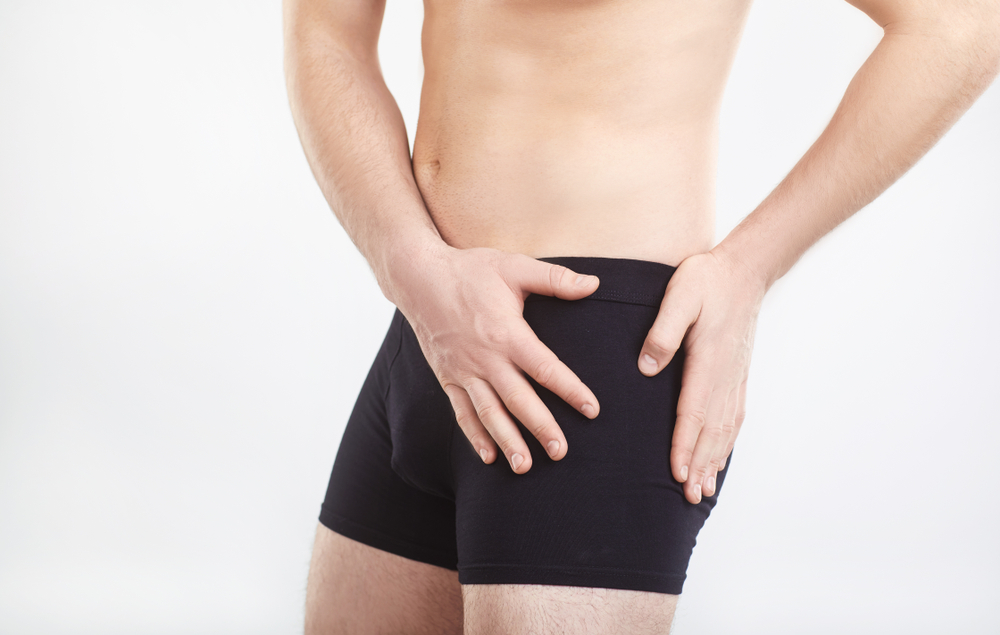Hip bursitis happens when the bursae or small fluid-filled sac becomes inflamed. Bursae is the closed fluid-filled sac that acts as a floating surface to help decrease the adhesion in the middle tissues of the body.
Areas near the major joints are usually affected by bursitis like shoulders, elbows, hips, and knees. You can also experience bursitis by the sole of your big toe and heels. Not to mention that this is frequently what causes the pain in the hips.
What causes the bursitis are the amount of pressure that links with the bursae around the joint and its recurrent movement. This kind of problem is most commonly a noninfectious condition caused by the sensitivity of soft tissue or injury.
Furthermore, the development of this condition is often associated with the following factors:
- Hip injury
- Bone spurs or calcium deposits
- Previous surgery
- Overuse or too much stress on an injury
- Spine disease
- Inequality of leg length


